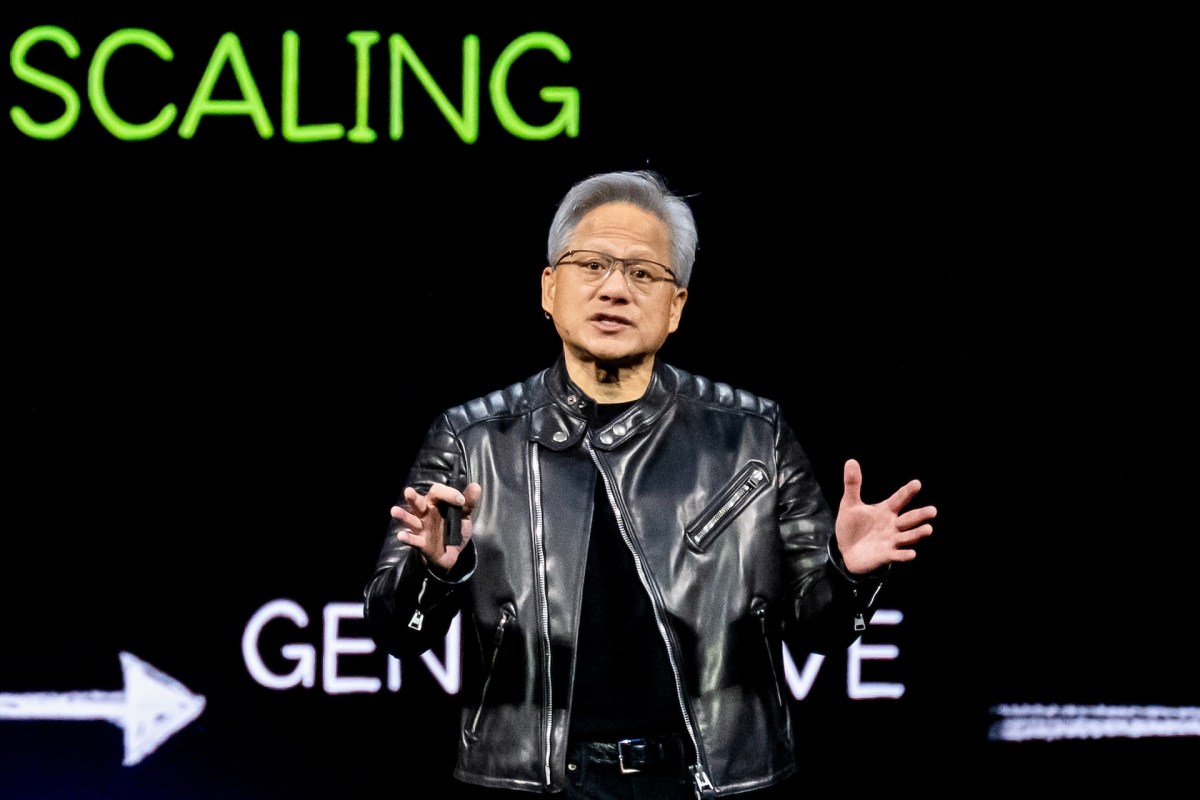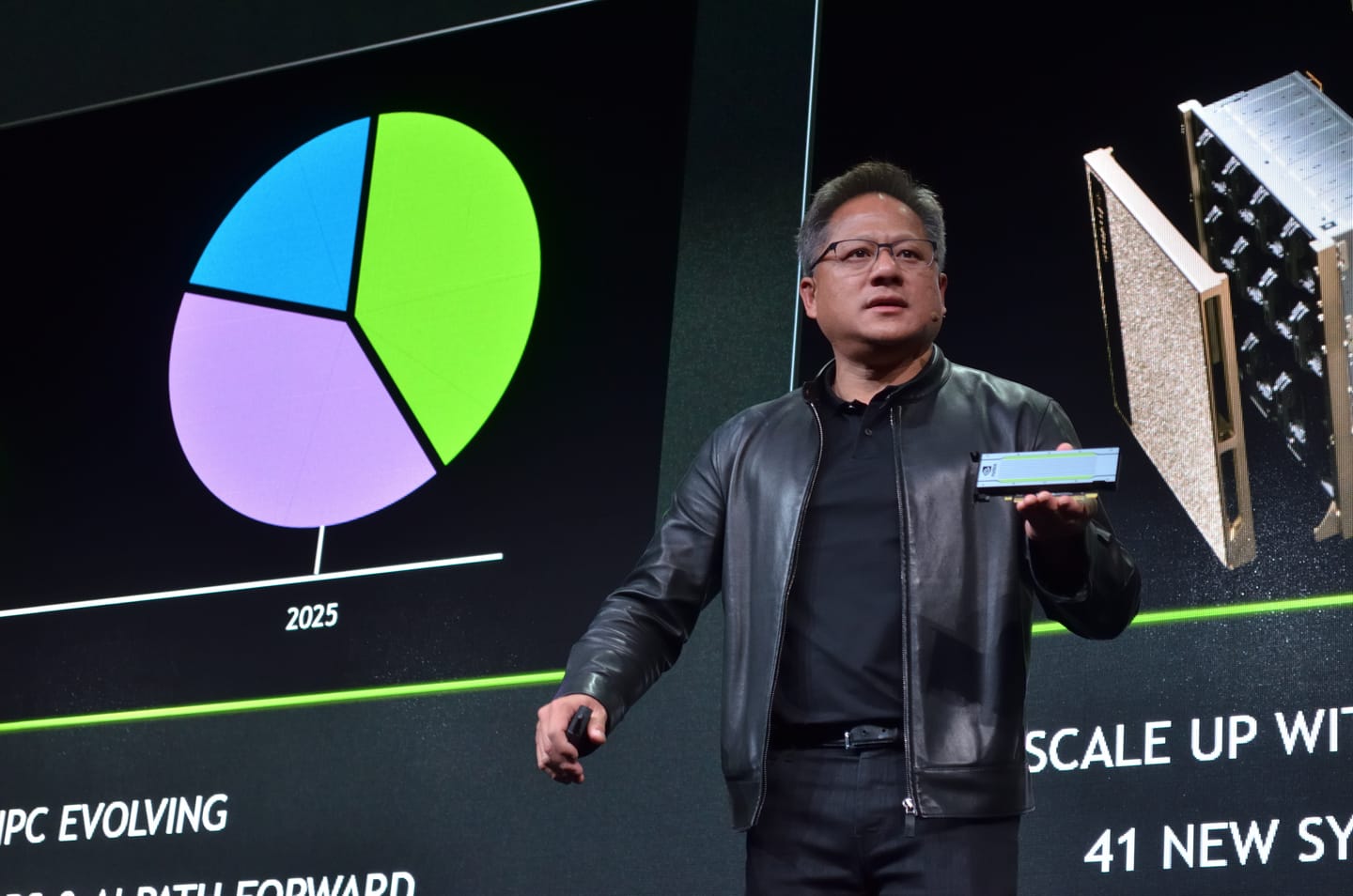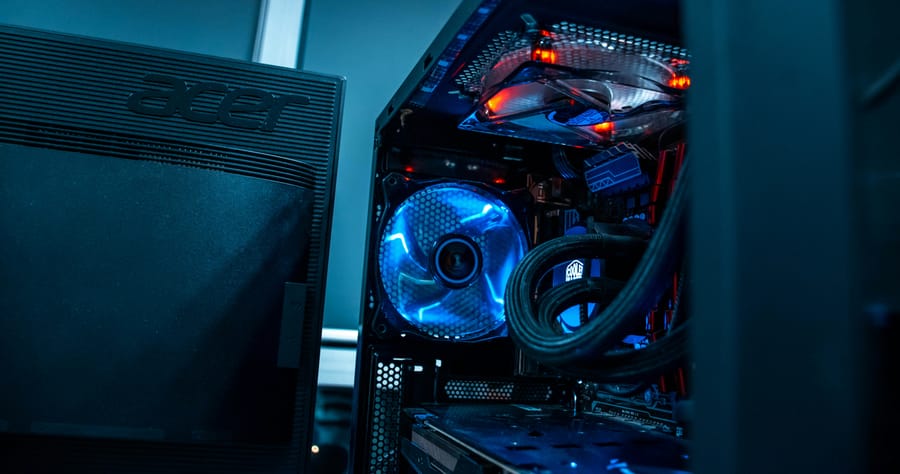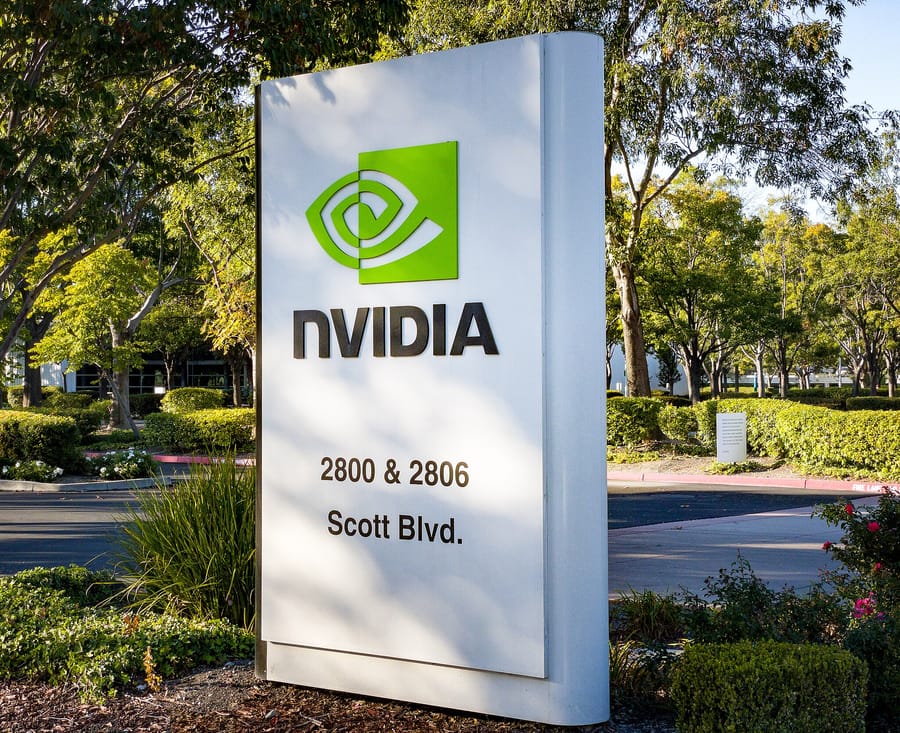At the 2025 GPU Technology Conference (GTC), Nvidia outlined its plans for developing the next generation of data centre GPUs. The AI architecture, named Vera Rubin, is expected to debut in the second half of 2026 and promises a significant performance boost compared to the current Blackwell chips.
The Vera Rubin GPUs will execute AI tasks twice as fast as the current Blackwell models. From a technical standpoint, this translates to 50 petaflops of computing power compared to Blackwell’s 20 petaflops. The new chips will feature more extensive and faster memory, and they will operate alongside a brand-new Nvidia-designed central processing unit (CPU) called Vera, which further increases system efficiency. At the conference, CEO Jensen Huang stressed that the industry needs a hundred times more computing capacity than previously estimated to meet the demands of current AI developments.
The Rubin GPUs will be followed in the second half of 2027 by Rubin Ultra, an even more robust system that combines four chips into a single package and delivers five times the speed of today’s Blackwell solutions. The server housing these chips, called NVL576, consumes an extraordinary 600 kilowatts of power during operation—equivalent to the energy demand of a small industrial facility. Nvidia has also announced its next step beyond Rubin: the architecture following it will be named Feynman, with a projected launch in 2028.
Sources:
1.
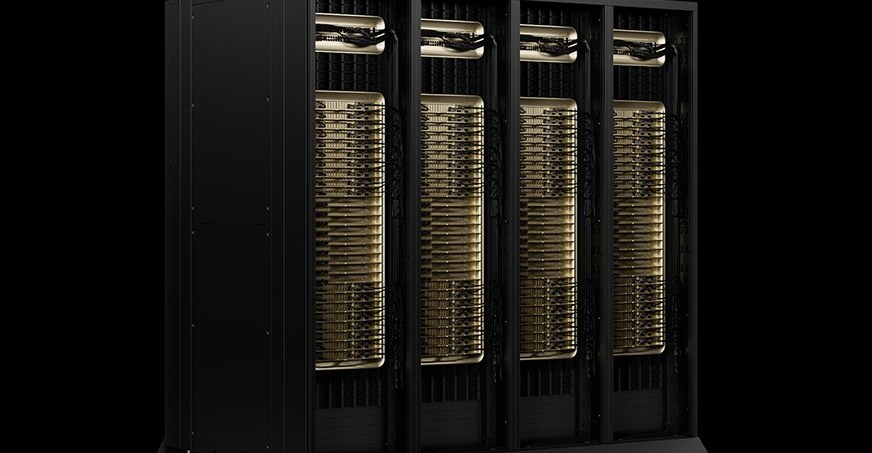
2.
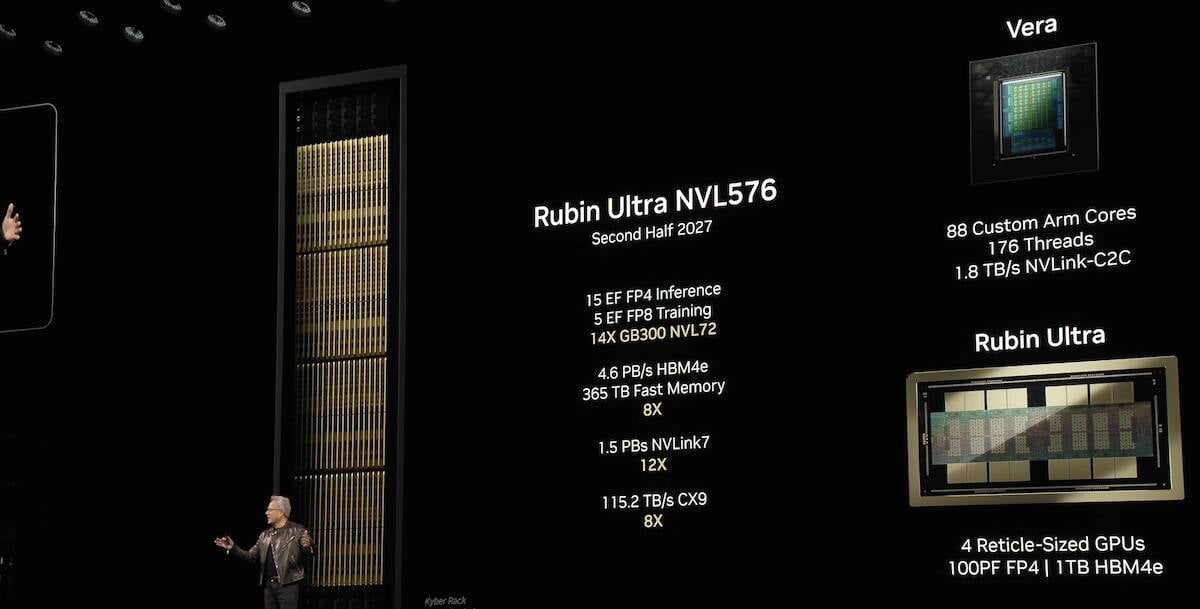
3.
